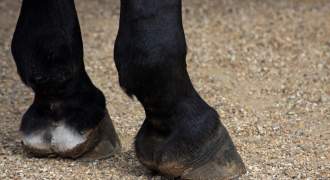
Six ways to prevent laminitis in horses
We've come up with a list with six ways to prevent laminitis in horses. If your horse could write you a ‘to do’ list, ...
17 April 2018
Read More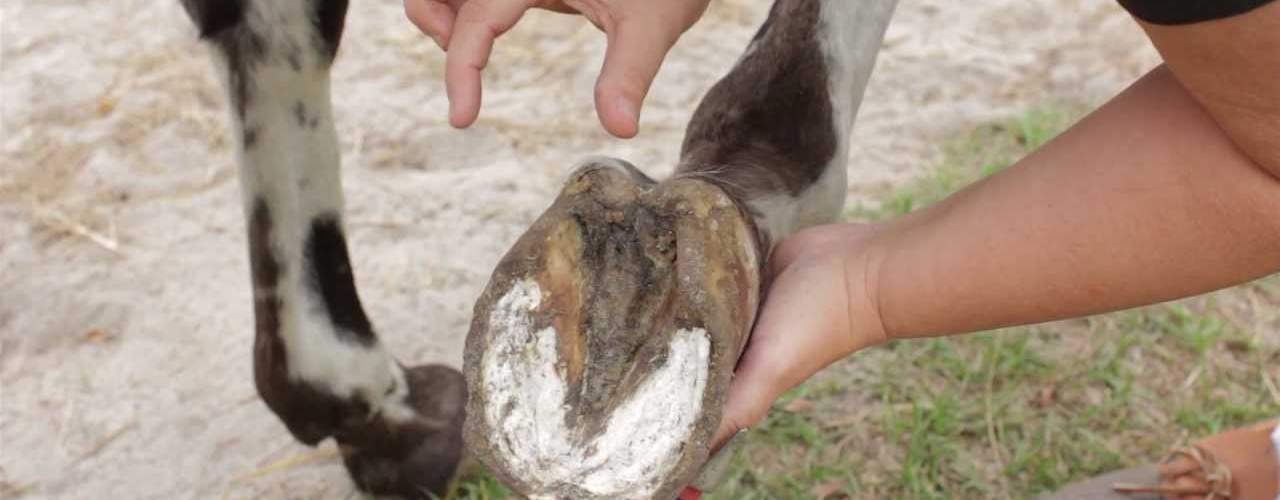
Be Aware Of The Signs Of Equine Laminitis
If you believe equine laminitis only happens to fat little ‘Thelwell’ ponies when they gorge on spring grass you should think again. Laminitis can affect any horse or pony of any age at any time of year. It’s one of the biggest causes of lameness and it can be fatal so every horse owner needs to be alert to the signs of equine laminitis, all year round.
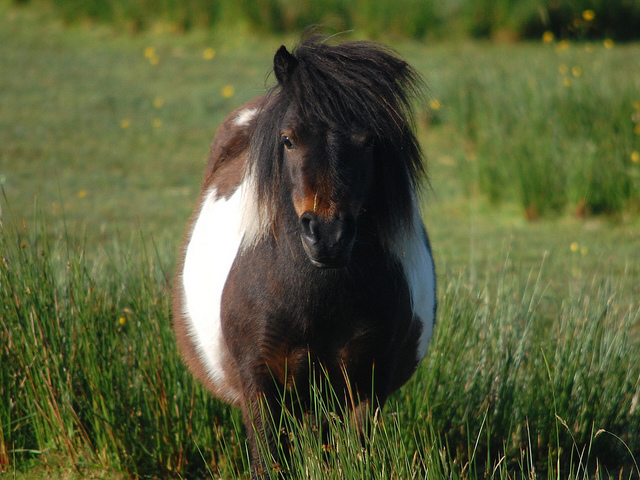
It’s not just ‘Thelwell’ ponies that are affected by laminitis.
Laminitis is a painful and crippling foot disease, usually seen in the front feet. It causes inflammation of the laminae tissues that attach the hoof to the pedal bone in the foot. In cases of chronic equine laminitis these tissues start to break down and die, causing the hoof and the pedal bone to separate and the pedal bone to sink and/or rotate. If the pedal bone sinks too far it can actually protrude from the sole of the foot.
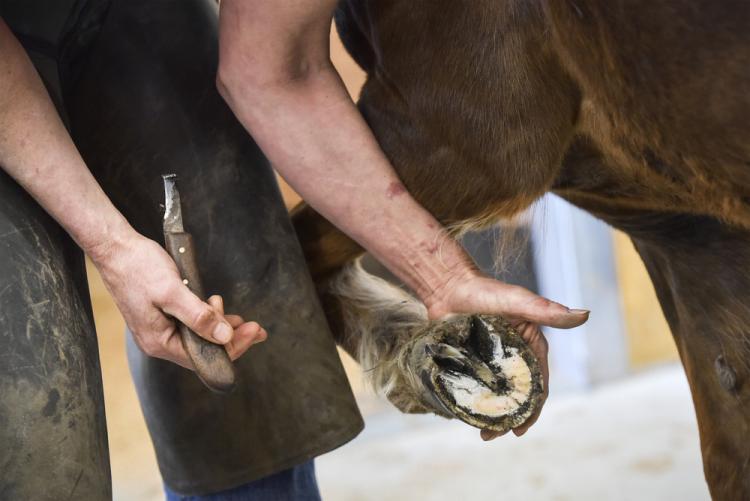
Equine laminitis – be safe not sorry
It can be easy to miss the early signs of equine laminitis but the sooner you spot the symptoms the greater the likelihood of your horse making a full recovery. If your horse has the following signs you should speak to your vet immediately:
• Foot tenderness
• Shifting weight from foot to foot
• Heat in the hooves
• Ridged rings on the hoof that can be seen and felt
• Obvious lameness or a pottery or shortened stride
• Subtle or obvious changes in stance
• Attempts to move weight off the front feet and onto the hind legs
• Raised digital pulse (felt behind the pastern)
• Reluctance to move
It’s important to spot the signs of equine laminitis as early as possible, remove the cause and treat the condition. With foot support and realignment there is a good chance of a full recovery.

We've come up with a list with six ways to prevent laminitis in horses. If your horse could write you a ‘to do’ list, ...
17 April 2018
Read More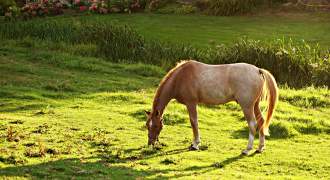
Our guest blogger Clare Barfoot, who is a registered nutritionist, member of the prestigious Laminitis Consortium and Research and
17 April 2018
Read More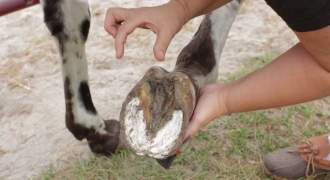
Be Aware Of The Signs Of Equine Laminitis. If you believe equine laminitis only happens to fat little ‘Thelwell’ ponie...
14 March 2017
Read More